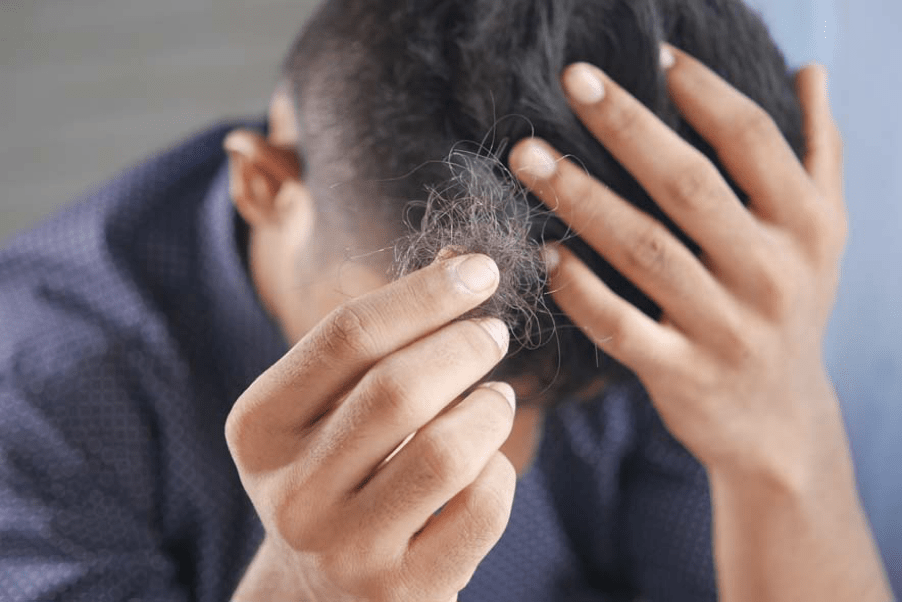Male pattern baldness, a condition that affects men more than women and can be caused by genetics or hormonal changes, is the most common form of hair loss globally. Male pattern baldness is characterized by thinning and receding hairline, while female pattern baldness typically causes thicker on top and little to no receding hairline. However, scientists didn’t discover this treatment until recently.
New treatments for male pattern baldness are being developed, including using a patient’s genetic code to target new hair growth. The best treatment for men is one that addresses their particular needs.
The word “therapy” has been used differently, sometimes meaning the same thing as medicine, referring specifically to a procedure or cure. In this article, “therapy” will refer specifically to treatment, not cure.
Shampoos that can help reduce hair loss are marketed to men and women. Some companies claim they use the same ingredients as the more expensive professional treatments, but this doesn’t always mean they’re safer or more effective.
The following products may help men who have certain types of hair loss:
1. Shampoos containing minoxidil, a topical treatment used to stimulate hair growth. Studies have shown that it is most effective when men start using it before noticing hair loss. You’ll need to use it twice a day and leave it on for two or three minutes before rinsing.
2. Vitamin supplements like biotin, zinc, and folic acid, may protect against hair loss.
Hair removal treatments, like waxing and laser therapy, may cause temporary hair loss.
3.Laser therapy can be effective for people with a light complexion who have a few small patches of hair loss. The treatment is less likely to work in men with darker skin tones or larger areas of baldness.
Treatments that prevent hair loss, like finasteride and dutasteride. These drugs are identical to the body’s natural hormones and help treat male pattern baldness by stopping the hormone that causes hair loss. They work best if you start taking them before you notice hair loss. Finasteride only works on men and not women.
Getting a PRP Hair Loss Treatment can be the best thing for your hair life. PRP Hair Loss Treatments can stop hair loss, improve hair growth and even promote hair growth.
What is PRP? PRP stands for Platelet Rich Plasma. It is composed of a patient’s blood centrifuged to remove the excess red blood cells, white blood cells, and clotting elements. The remaining component of the blood is the platelets which are a central element in the healing response.
The benefits of PRP Hair Loss Treatment are well documented. The procedure is minimally invasive, requiring no-scalpel cuts to the scalp, and is both pain-free and completely non-invasive. However, despite all these benefits, PRP treatments are not always as effective as we would like them to be.
Typically, with this procedure, a vial of blood is extracted from a patient’s arm (the same one used for blood tests) and spun in a centrifuge to separate the cells from the plasma. The isolated cells are then injected into areas of baldness on the scalp. The new hair takes about four to six weeks to grow out.
PRP can be an effective tool for anyone suffering from hair loss, and it should not be overlooked as a viable option when assessing your options and choosing a treatment program. I wish you all the best with your search for the best hair loss treatment option, as this is something that can make all the difference in your life.
The used Platelet Rich Plasma treatment (PRP) helps many men, but it is worth trying. Many of our members have been able to find a solution to their hair loss problem with PRP, but they have not been told that it is based on extracting blood from them. It is also essential to remember that it can take a year or more for the new growth to fully come in if the correction Laser option does not work correctly.
What causes hair loss in men
There are several causes of hair loss in men, and the most common is male pattern baldness, known medically as androgenetic alopecia. This is a genetic condition that affects an estimated 50% of men by 40. The genes responsible for follicle damage in males come from both parents. Because only one sex chromosome is passed on at conception (X or Y, as opposed to two X chromosomes in females), a male with the recessive allele will be affected. In other words, if a mother had the allele for male pattern baldness and passed it on to her son during conception, he would be affected by hair loss.

The other leading cause of hair loss in men is due to a condition known as telogen effluvium. This happens when the hair follicle has been severely damaged. When this occurs, the body will react by signaling that there is too much trauma to the area, and it causes an overproduction of resting hairs that shed before reaching the surface.
Both male pattern baldness and telogen effluvium can occur at the same time. When this happens, you may also experience hair loss in other areas – such as eyebrows or eyelashes.
What You Can Do to Prevent Hair Loss in Men
Unfortunately, there is no way to prevent male pattern baldness. However, it is possible to prevent telogen effluvium. This can be done by addressing the root cause of the condition – which is usually a bad diet and lifestyle – so that you can reverse the damage caused. The following are some tips on how you can improve your diet and change any unhealthy habits:
· Eat Plenty of Proteins. This can be found in pumpkin, eggs, beans, and lean beef.
· Drink Plenty of Water.
· Get 7-8 Hours of sleep every night.
· Eat Healthy Fats.
· Avoid Sugary Foods and Drinks such as cakes, biscuits, and fizzy drinks.
· Limit Alcohol Consumption to 2 Glasses per day for men aged over 65 and 1 Glass per day for those under 65.
· It is recommended to eat at least two portions of fruit and vegetables each day for good health.

